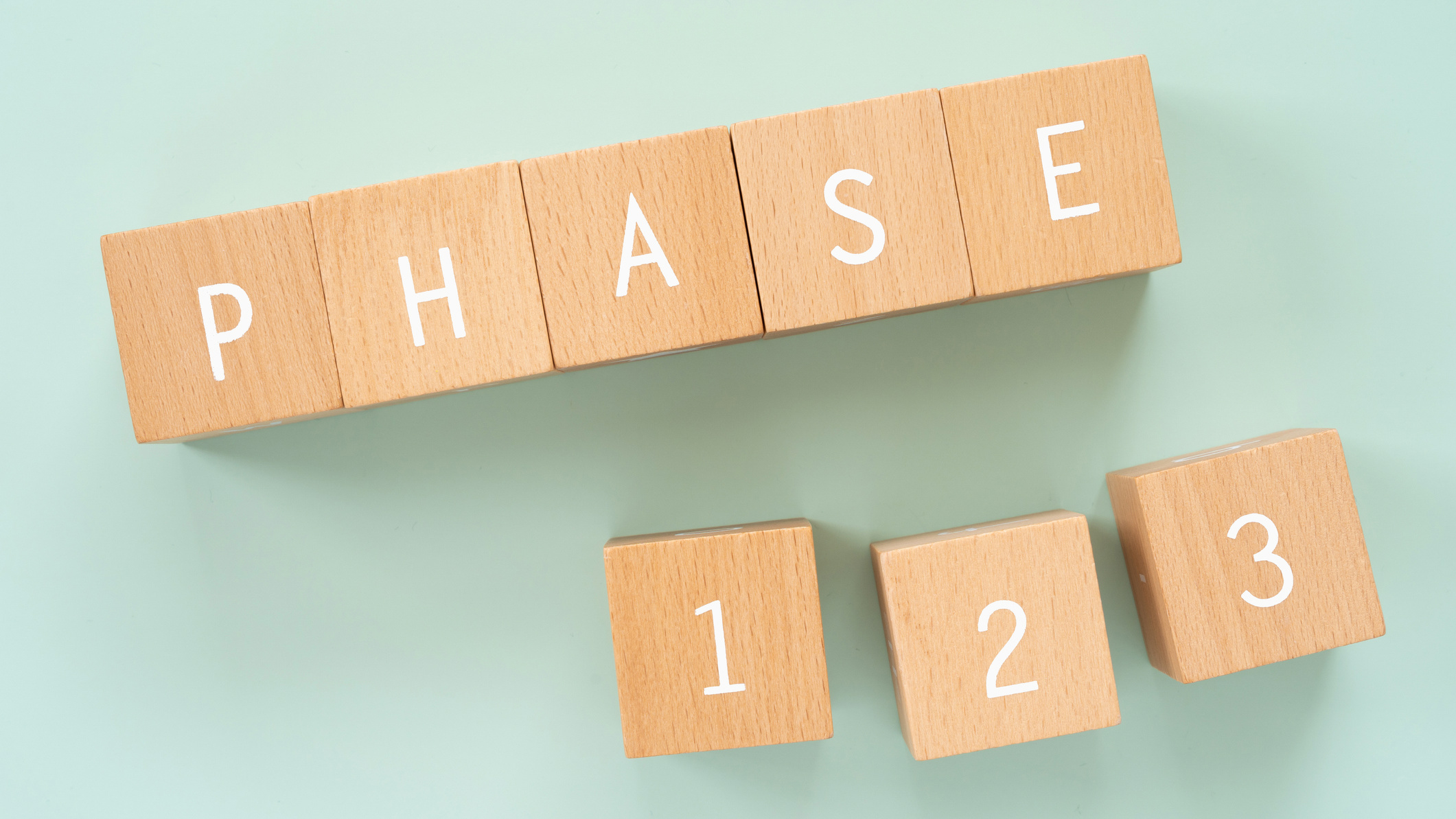Dimerix first analysis results of Phase III trial into focal segmental glomerulosclerosis (FSGS) due in March
Results are key milestone for Dimerix which has been working on its lead asset DMX-200 since around 2012
Dimerix finalised its first exclusive licensing deal with multinational Advanz Pharma in 2023
The countdown is on for Dimerix (ASX:DXB) to release first analysis results of its Phase III trial into focal segmental glomerulosclerosis (FSGS).
First analysis outcome for the global study is forecast on or around March 15. The single Phase III trial is titled Angiotensin II Type 1 Receptor (AT1R) & Chemokine Receptor 2 (CCR2) Targets for Inflammatory Nephrosis, or ACTION3 for short.
The pivotal multi-centre, randomised, double-blind, placebo-controlled study is evaluating efficacy and safety of DXB’s lead asset DMX200 in patients with FSGS who are receiving a stable dose of an angiotensin II receptor blocker (ARB).
Once the ARB dose is stable, patients are being randomised to receive either DMX-200 (120mg capsule twice daily) or placebo.
The trial has two interim analysis points built in that are designed to capture evidence of proteinuria and kidney function (eGFR slope) during the trial, aimed at generating sufficient evidence to support marketing approval.
In 2023, DXB finalised its first exclusive licensing agreement with the multinational pharmaceutical company Advanz Pharma, worth $230 million plus tiered, escalating, mid-teen to 20 percentage royalties on net sales of DMX-200 if successfully commercialised.
The US Food and Drug Administration (FDA) has granted DXB conditional approval for the brand name QYTOVRA.
Stockhead caught up with CEO and managing director Nina Webster to discuss just what the March interim results mean for the company, which focuses on pharmaceutical treatments for inflammatory diseases including kidney and respiratory.
DXB CEO & MD Nina Webster. Pic: Supplied
The Phase III trial first analysis outcome of lead product DMX-200 for treatment FSGS is forecast in March. How important are these results and can you provide some background on the journey background for DXB?
“This upcoming interim analysis is a key milestone for Dimerix, and is the culmination of many years work,” Webster says.
“The first concept for DMX-200 and it’s use in kidney disease was in around 2012.
“Over the last 12 years, Dimerix has conducted numerous pre-clinical studies, one Phase I study, three Phase II studies and now are well into our flagship Phase III program – intended to be the last one before potential market approval.
“In that time, we have taken an R&D concept, originally a prototype formation hand-filled at the bench, right through to a commercial scale product manufacturing line, as well as held numerous interactions with regulators globally, including the FDA and EMA, to align the Phase II protocol design.
“Dimerix has what we call a significantly de-risked, late-stage development program in that Phase III is typically the last study before submitting for marketing approval.
“Being in a Phase III study means we have already demonstrated a strong safety profile, we have already demonstrated encouraging efficacy in the Phase II trial, and we have completed manufacturing scale-up – collectively giving us a clear development pathway to market.
“We have also secured orphan drug designation in US, Europe and UK.
“We consider this as a significantly de-risked opportunity compared to an early stage asset.
Can you further explain to readers what you are looking for in this interim analysis of the trial which has been recruiting in 11 countries and how it will progress thereafter?
“An interim analysis incorporating a futility assessment, such as in our ACTION3 program, is designed to assess whether a trial is likely to meet its objectives if continued to completion,” Webster says.
“Passing this early interim analysis would indicate that we may see a statistically significant and clinically meaningful result at the end of the study.
“This first analysis is really important to us, particularly given the Part I cohort of 72 patients is significantly larger than the Phase II cohort that met all endpoints.”
The treatment and prognosis for FSGS is poor with currently no products approved for the rare illness. How important is DMX-200 and what is its competition?
“Focal Segmental Glomerulosclerosis essentially means ‘some sections of the kidney filtering units are scarred’,” Webster says.
“Those scarred sections spread across the kidney over time, until there are not enough cells left to effectively filter the blood.
“Typically kidney failure occurs within about five years of diagnosis and the patient ultimately requires dialysis or a kidney transplant – which puts a huge strain on the healthcare system and with significant costs involved.
“Sadly, for those who receive a transplant, around 60% get reoccurring FSGS in the transplanted kidney, and no one knows why.
“It affects both adults and children as young as two-years-old, and at this time, there are no drugs approved specifically for FSGS anywhere in the world, so the treatment options and prognosis are poor.
“DMX-200 has the potential to be the first specifically approved drug for FSGS, given there are no approved treatments for FSGS at this time.
“SGS patients today face poor outcomes with limited medical options, and Dimerix continues to progress our proposed development pathway, which could deliver a much-needed pharmacologic treatment to the FSGS community.
DXB has orphan drug designation which is a potentially a fast track to market. There’s potential to submit for conditional marketing approval in some territories in CY25 subject to successful results at the second planned analysis. When could investors expect to see the second analysis and what would that be measuring?
Whilst the full study will follow 286 patients across two years and will measure both kidney function, called eGFR, and proteinuria, there are two different interim analysis built in,” Webster says.
“The first is our upcoming interim analysis in March 2024, which will look at proteinuria.
“The second interim analysis is intended after the first 144 patients reach 35 weeks treatment and will assess both proteinuria and eGFR.
“If the data is compelling, this second analysis has the potential for an accelerated approval in some territories.
“Accelerated approval is marketing approval for serious conditions that fill an unmet medical need based on an intermediate clinical endpoint, much like emergency use approvals.”
What comes after the second analysis? How will the rest of the trial would progress?
“Regardless of the second interim analysis, and whether conditional approval was achieved, the full study will continue in the background right through until the full two year endpoint,” Webster says.
“Upon success, this would then be submitted for a full, unconditional approval.”
In 2022, DXB entered an exclusive license agreement with Advanz Pharma. Are there any other licensing deals underway?
“Dimerix has no plans to take drug to market itself, and will ultimately commercialise with a partner,” Webster says.
“Our preference is to work with partners that have strong sales and marketing infrastructure and experience.
“The first being with Advanz Pharma.
“In exchange for Advanz rights to commercialise DMX-200 for FSGS across Europe, UK, Canada, Australia and New Zealand,
“Dimerix will receive up to AU$230 million in total across upfront and milestone payments.
“We received the upfront payment of 6.5 million Euros (A$10.8 million) in November 2023, and are eligible to further receive potential development and commercialisation milestones of up to 132 million euros (~A$219 million).
“In addition to these payments, and upon regulatory approval, we are also eligible to receive tiered, escalating, mid-teen to twenty percent royalties on net sales of DMX-200.
“Importantly, Dimerix has retained all rights to DMX-200 outside of Europe, UK, Canada, Australia and New Zealand, as well as all other indications outside of FSGS.
“This licensing transaction creates a strong strategic partnership between the two companies.
“For Dimerix, we now have access to Advanz’ broad range of capabilities across the licensed territories.
“This really puts us in a far stronger position to work towards bringing our exciting drug candidate to those FSGS patients who currently have limited treatment options.
“Dimerix has received a significant amount of partnering interest from global pharma companies since starting its Phase III trial.
“We have received multiple term sheets for regional deals, noting these are non-binding and subject to due diligence, negotiation and board approval. It is also important to recognise that these negotiations take time.
“The recent licensing transaction has provided validation not just for the asset, but also the Dimerix partnering capability, with around 80% of the potential value still available for licensing.”
The DXB share price today:
At Stockhead, we tell it like it is. While Dimerix is a Stockhead advertiser, they did not sponsor this article.
The post Q+A: Dimerix CEO on upcoming milestone Phase III interim trial results appeared first on Stockhead.






















